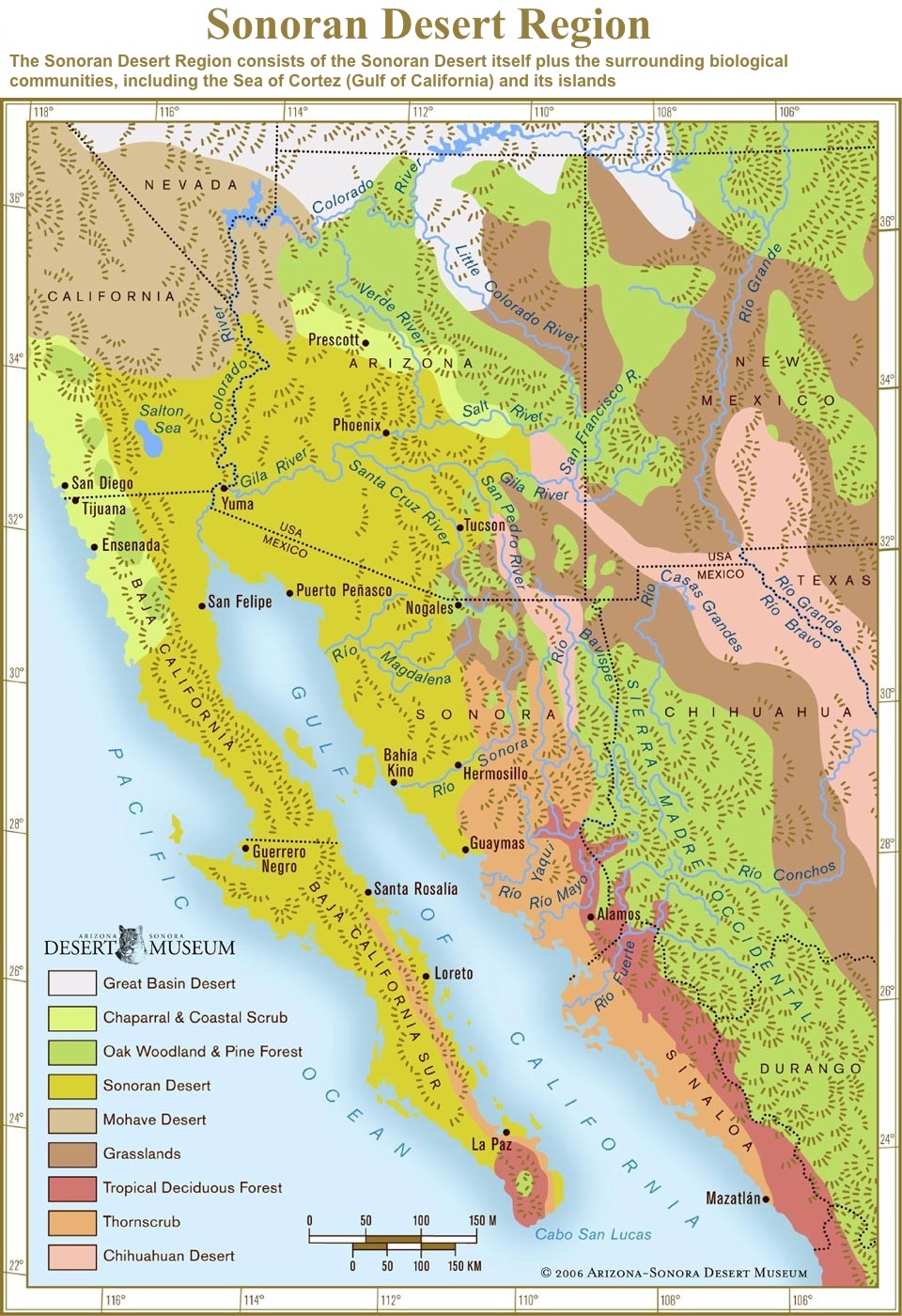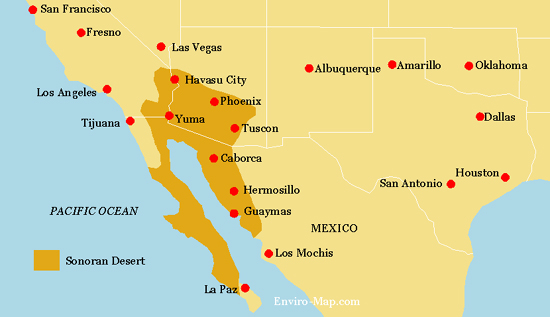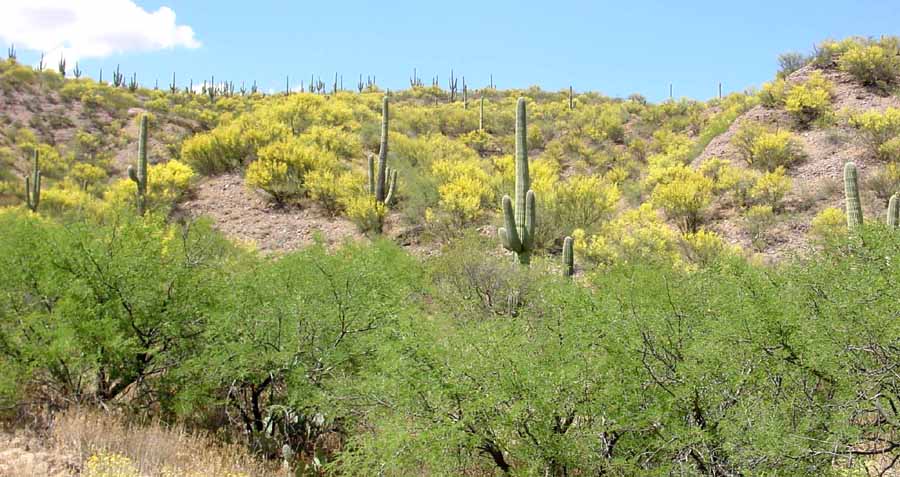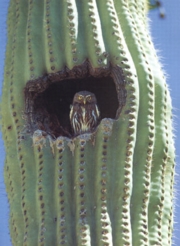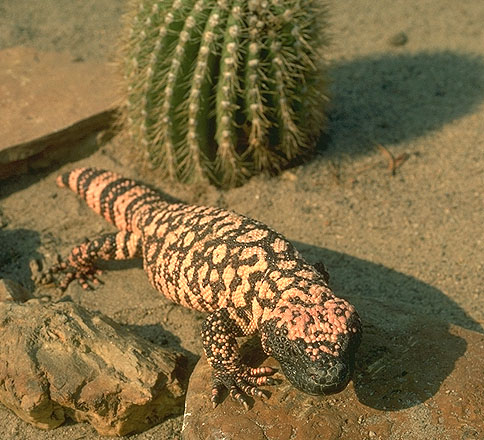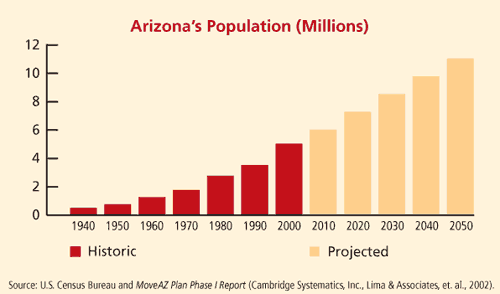The Sonoran Desert is a
large 120,000 square
mile region encompassing desert territory expanding
from Northern Mexico, Baja California, and Southwestern United States. The
Sonoran desert is mainly divided into territorial states in Mexico: Sonora,
Baja California, Baja California Sur; in the Unites States Arizona and
Southeastern California. The Sonoran Desert receives the most rain compared to
any other desert in the world; it gets 10 to 14 inches of rainfall a year
(Chadwick ).The reasons the Sonoran Desert gets more
rain is because it is near the Western Pacific Ocean. The abundance of rain in
this desert region allows for more life to flourish. The Sonoran Desert is a
diverse desert with many animals and vegetation such as succulent plants. Such
animals include: coyotes, javelina, bobcats, the Sonoran toad, cactus
ferruginous pygmy owl, cactus wren, banded gila monster, turtles, and snakes. Some
of its plants include saguaro cactus, organ pipe cactus, prickly pear cactus,
barrel cactus, soaptree yucca, jumping cholla, palo verde, ocotillo, and desert
ironwood ("Blueplanetbiomes"). These are just some examples of the
Sonoran organisms that live and grow in the desert but there are many more. The
Sonoran Desert has historically been affected by human activities dating back
to Native Americans. The Natives Americans living near the desert practiced
agriculture in areas such along the Tucson Basin (Sheridan). The Native
Americans Hohokam dug canals that took water from rivers into their
agricultural fields (Sheridan). When Europeans arrived in the “New World” they
brought new animals and technology for agriculture that the Natives used and
essentially still continue. Mining also developed due to Europeans which led to
towns arising and consequently, “hillsides were denuded, streams diverted,
water tables polluted, and vegetation communities irrevocably changed” (Sheridan)
from the arrival of Europeans between the 16th to 19th
century. Then Anglo- American occupation of Sonoran territories in the United
States also have had negative impacts with three extractive industries the
first one being livestock raising, secondly copper mining, and thirdly
agriculture (Sheridan). These human practices have altered the landscape of the
desert.
 |
Sonoran Desert Plants
http://www.flickr.com/photos/29845002@N02/5376328161/lightbox/ |
